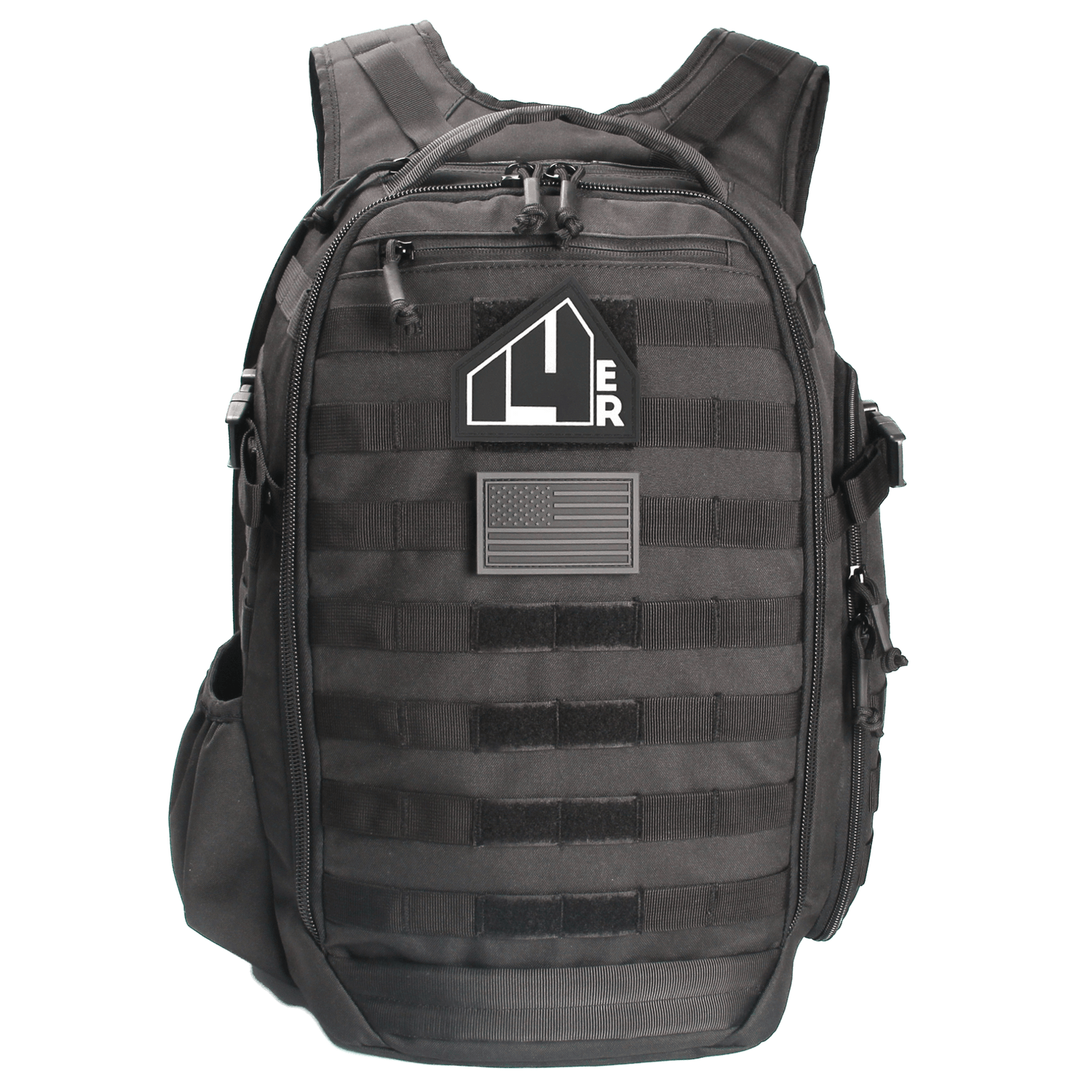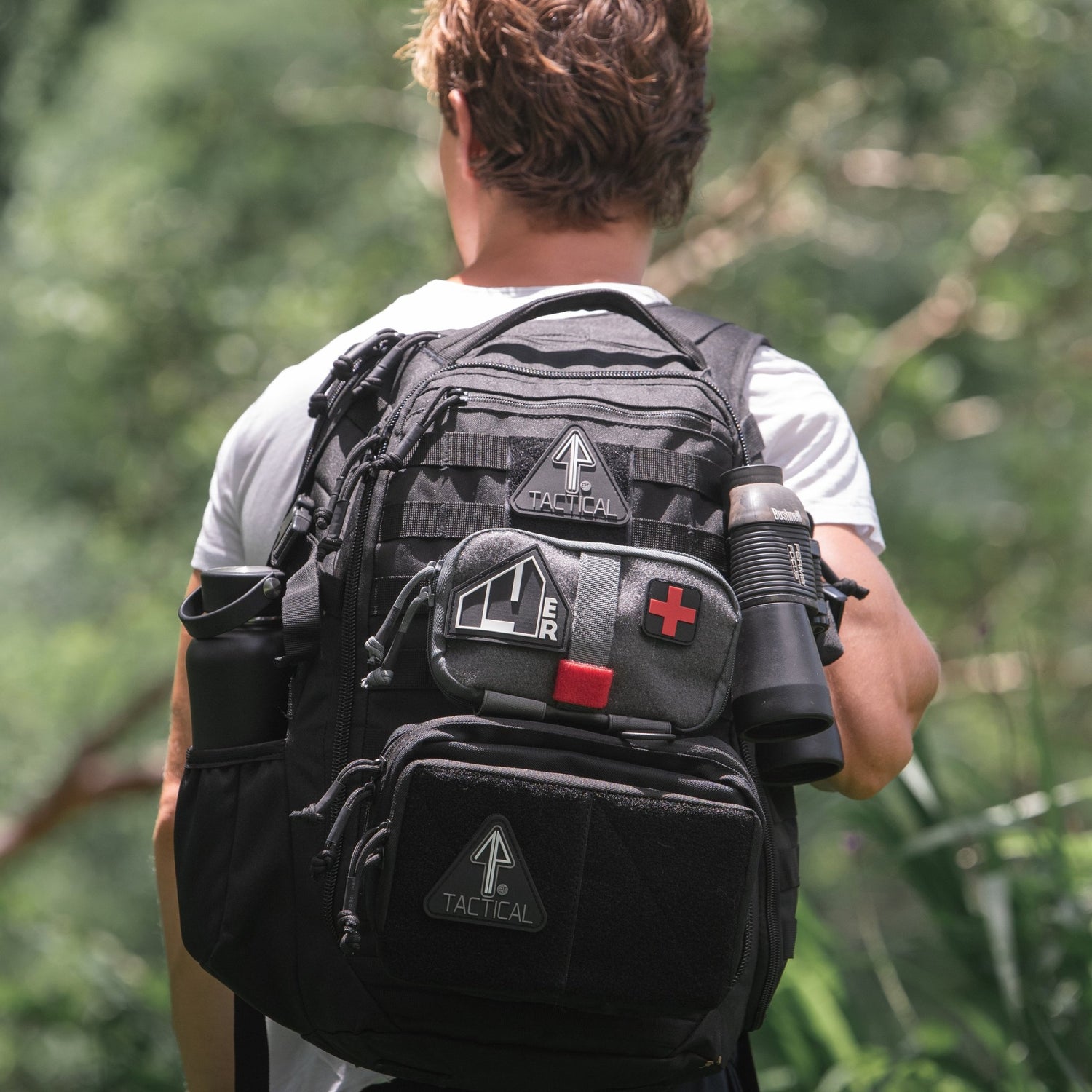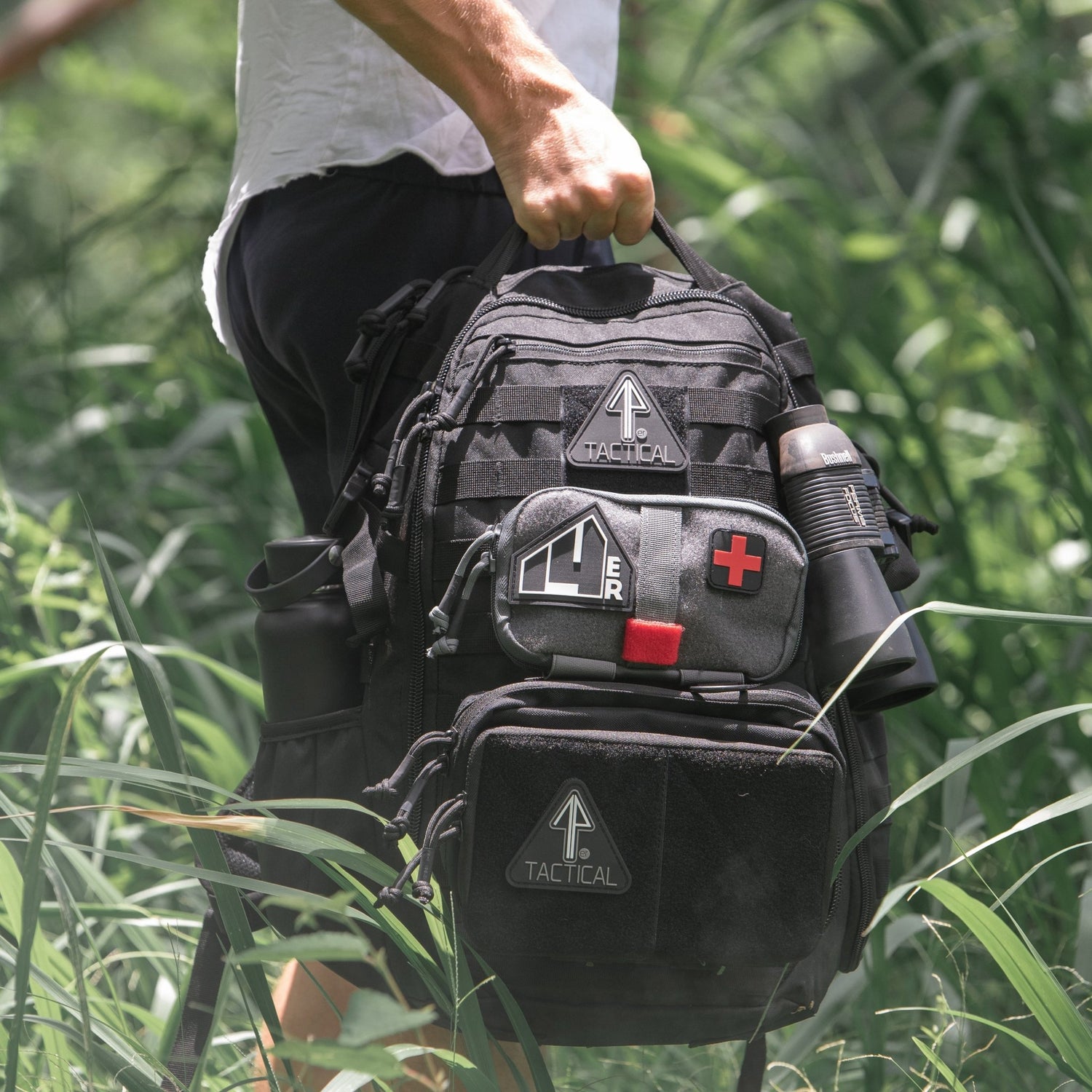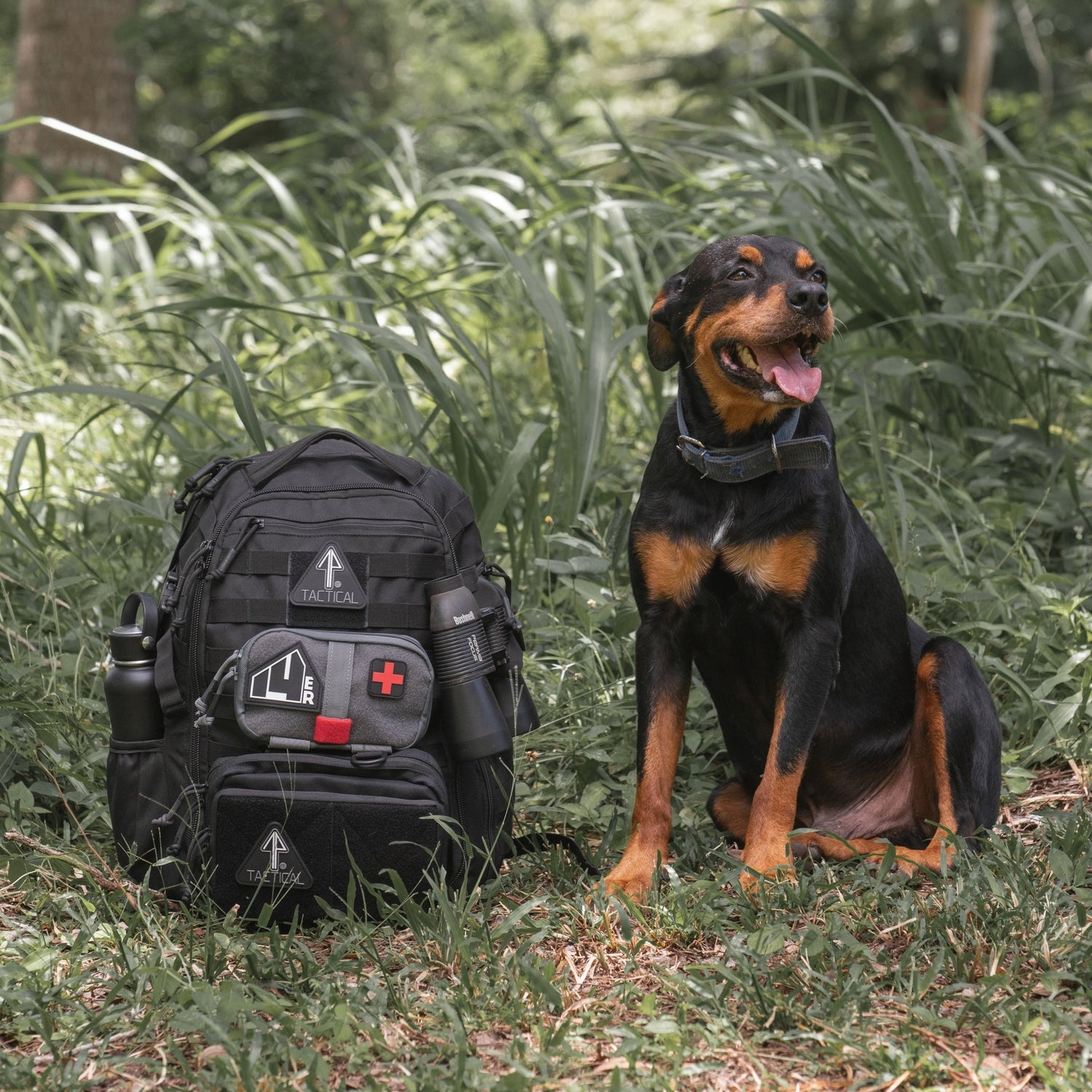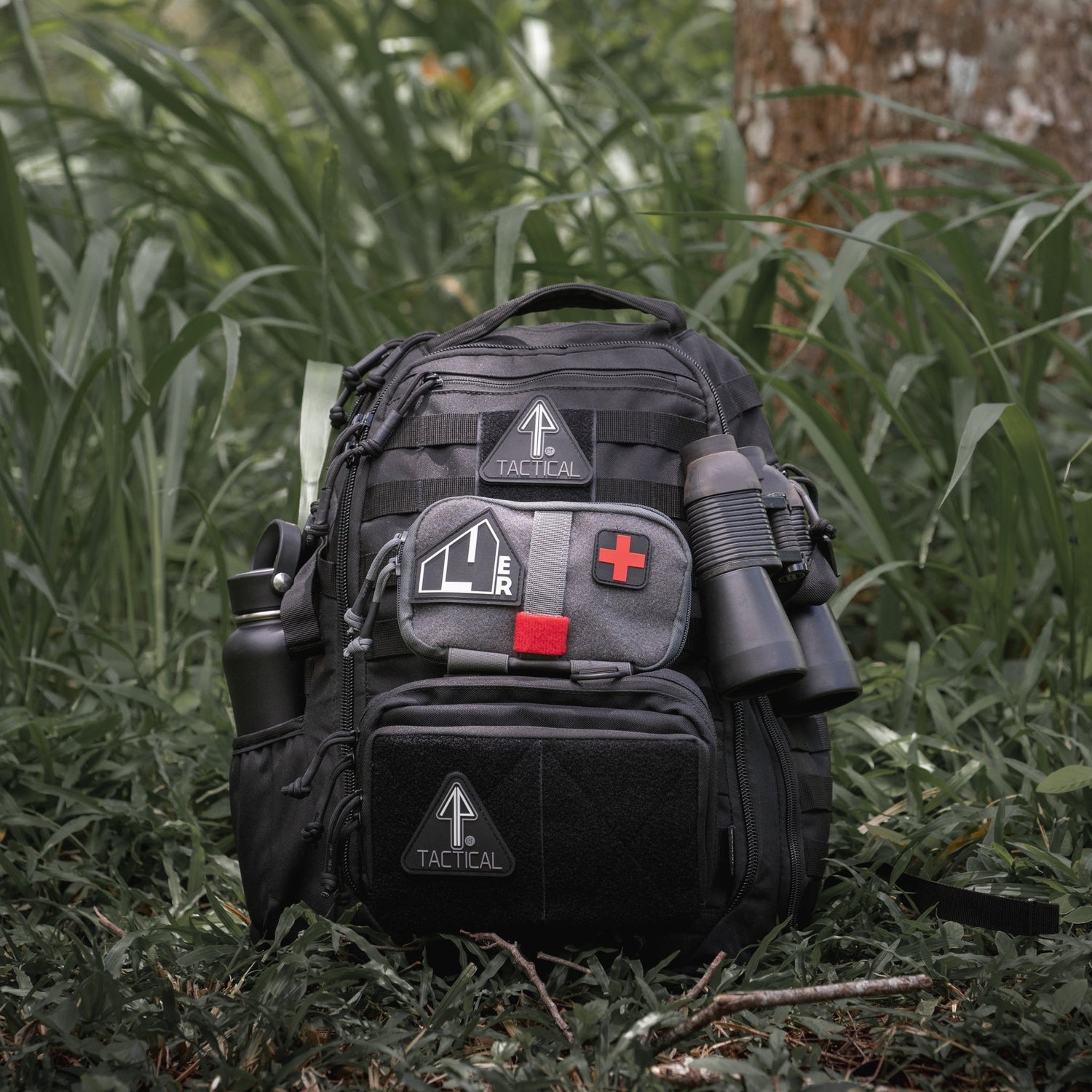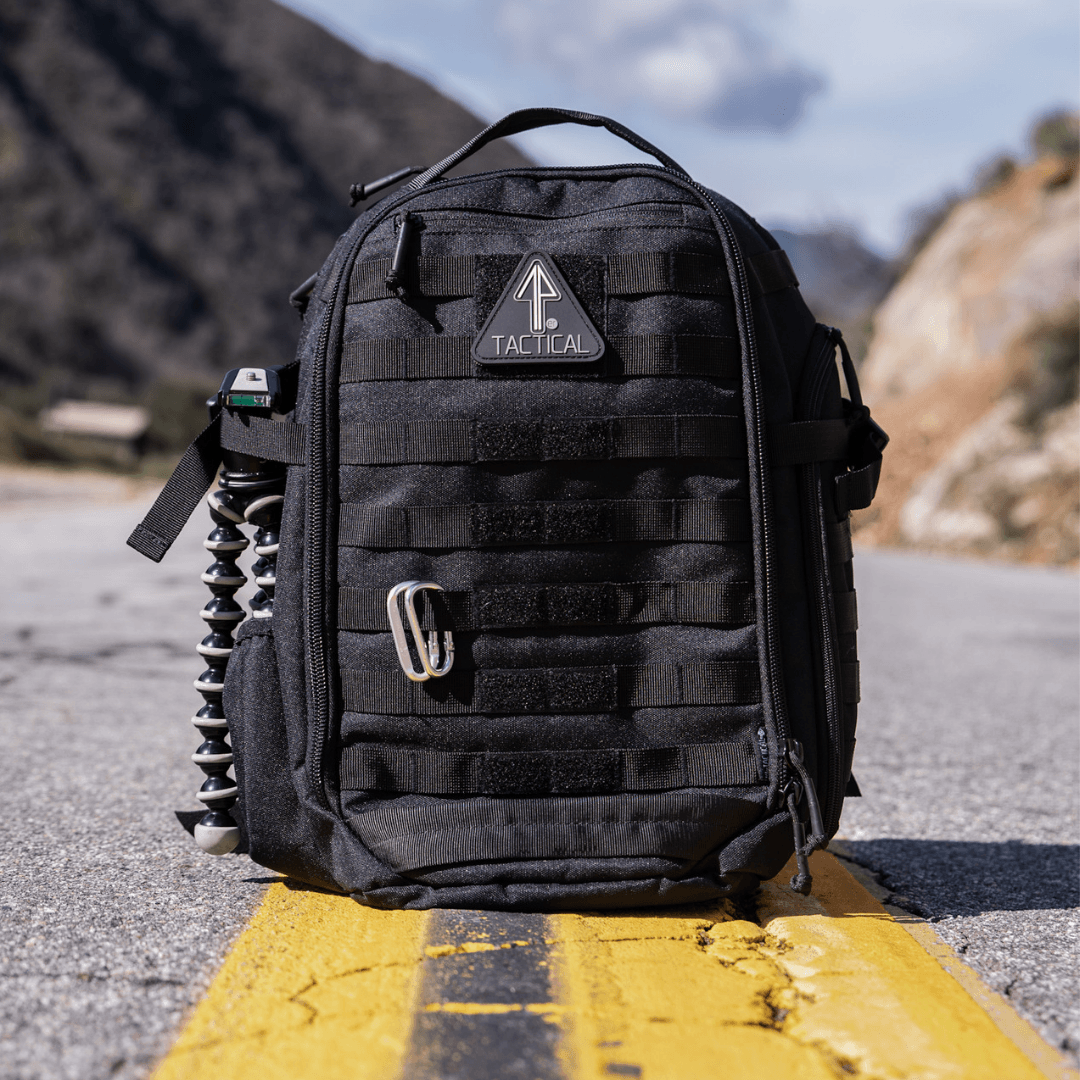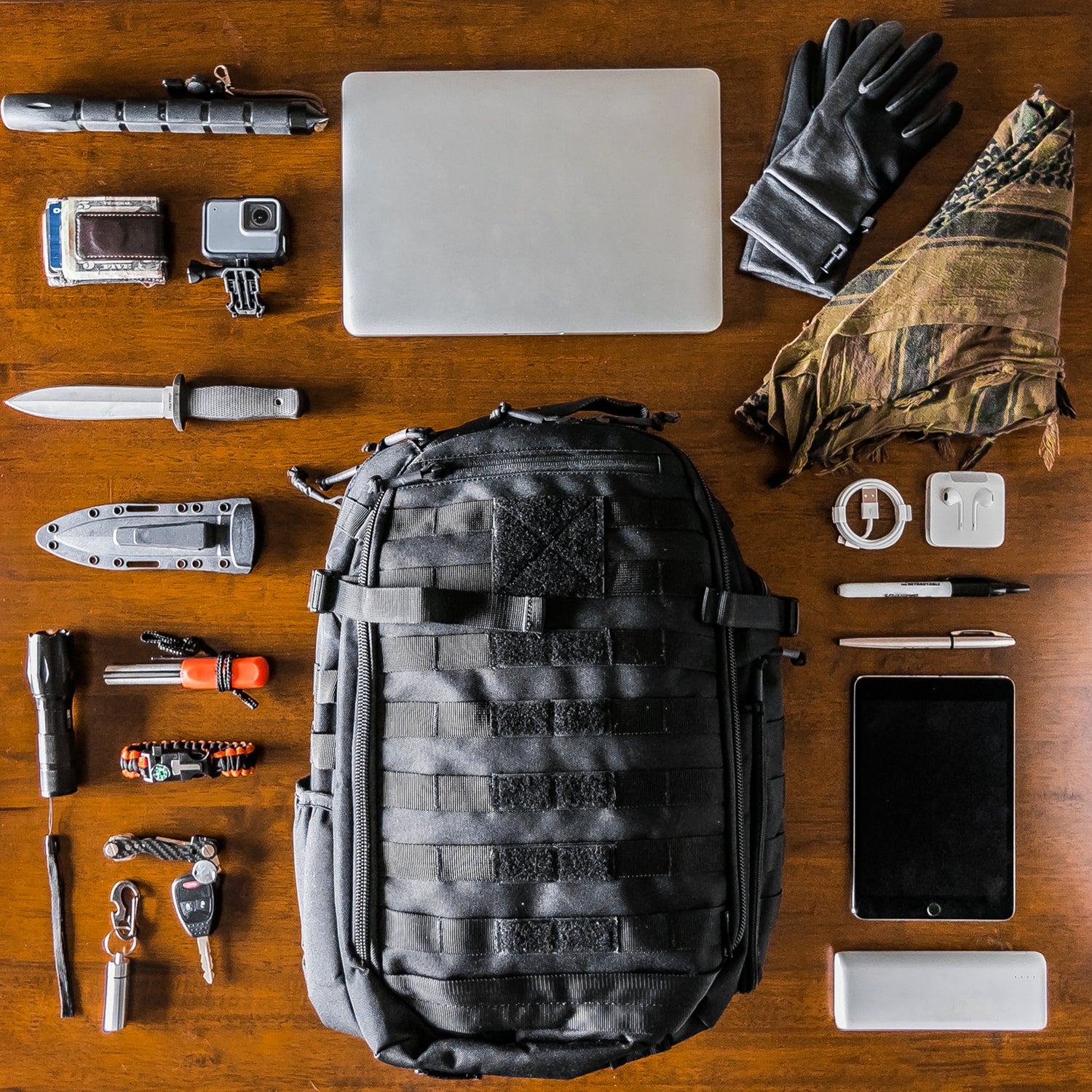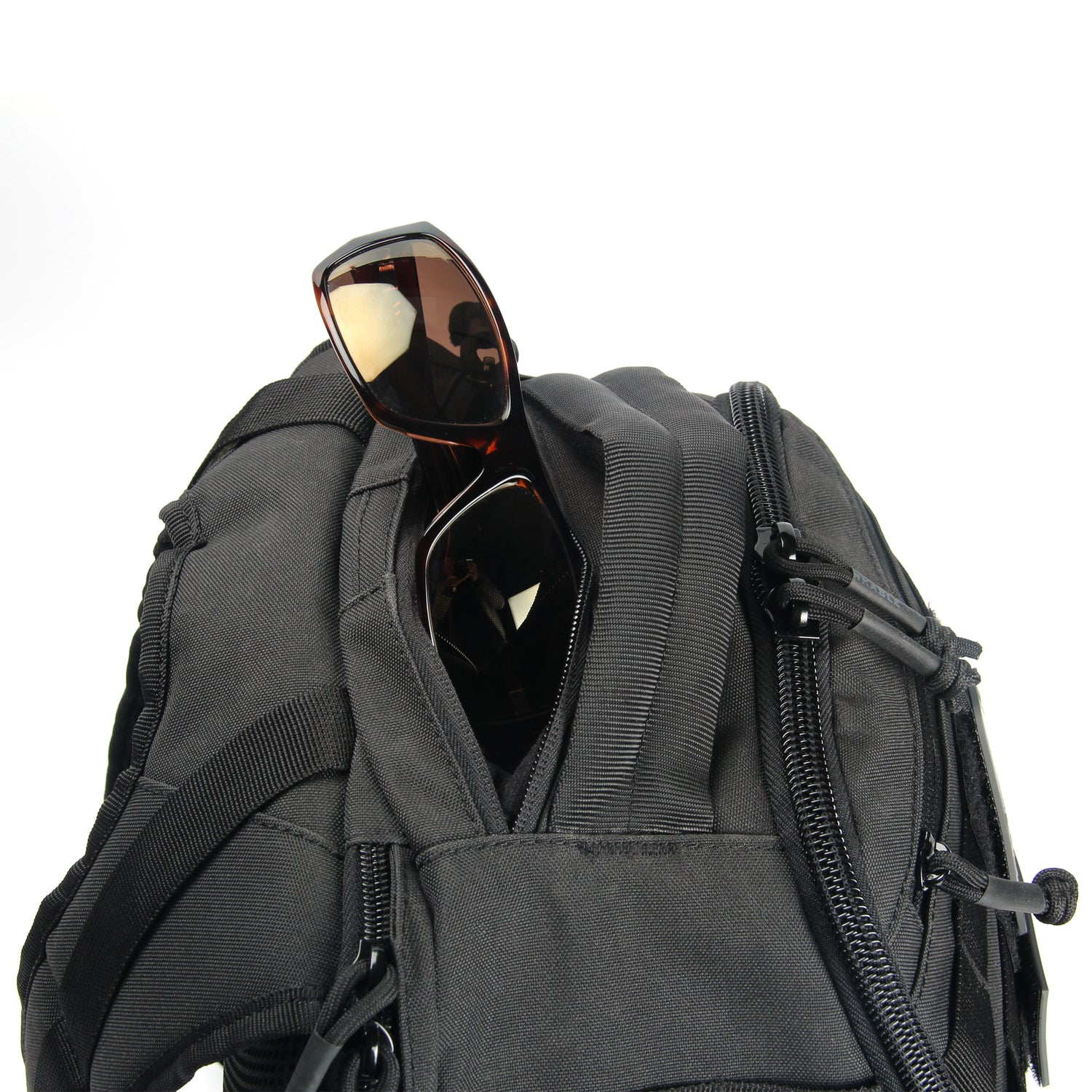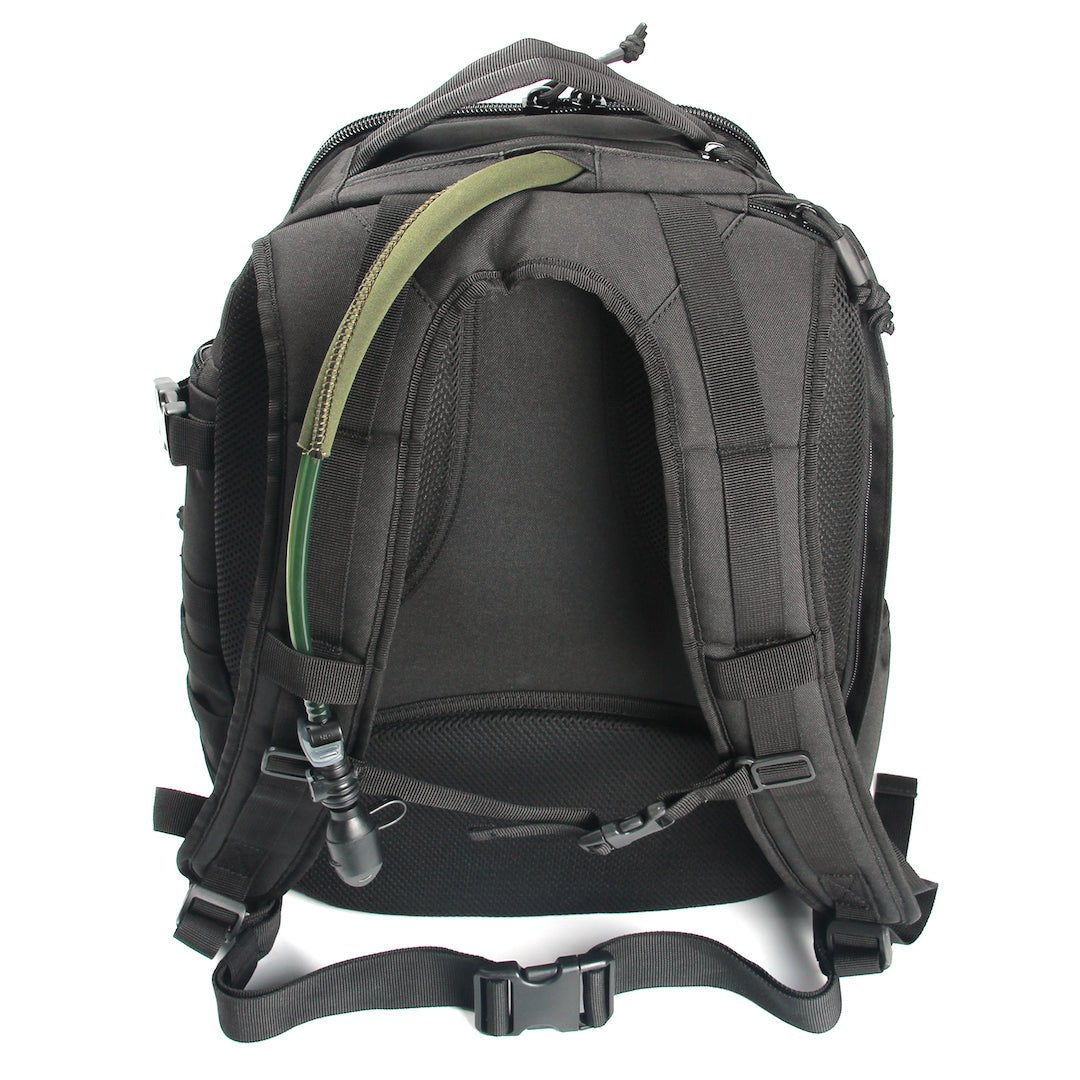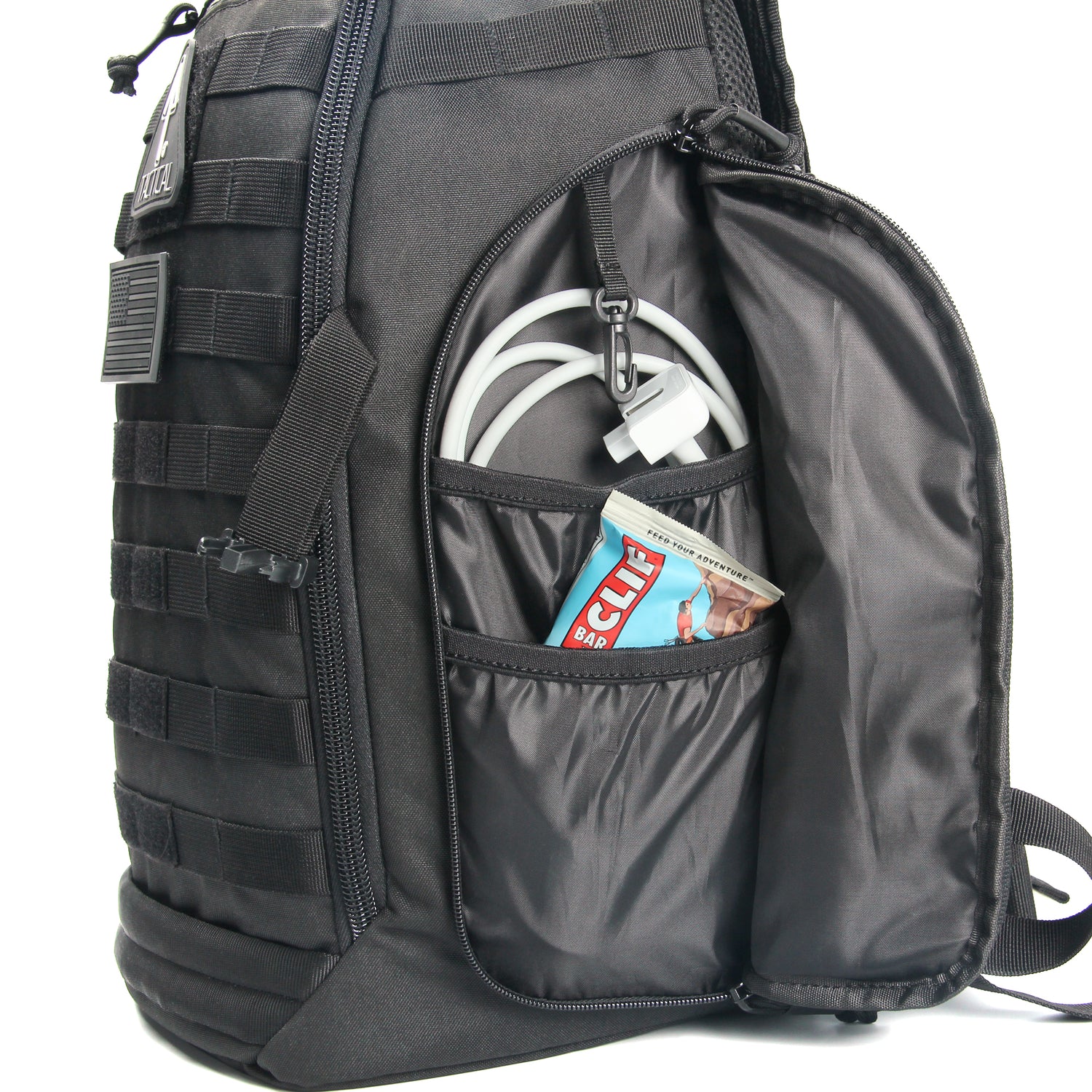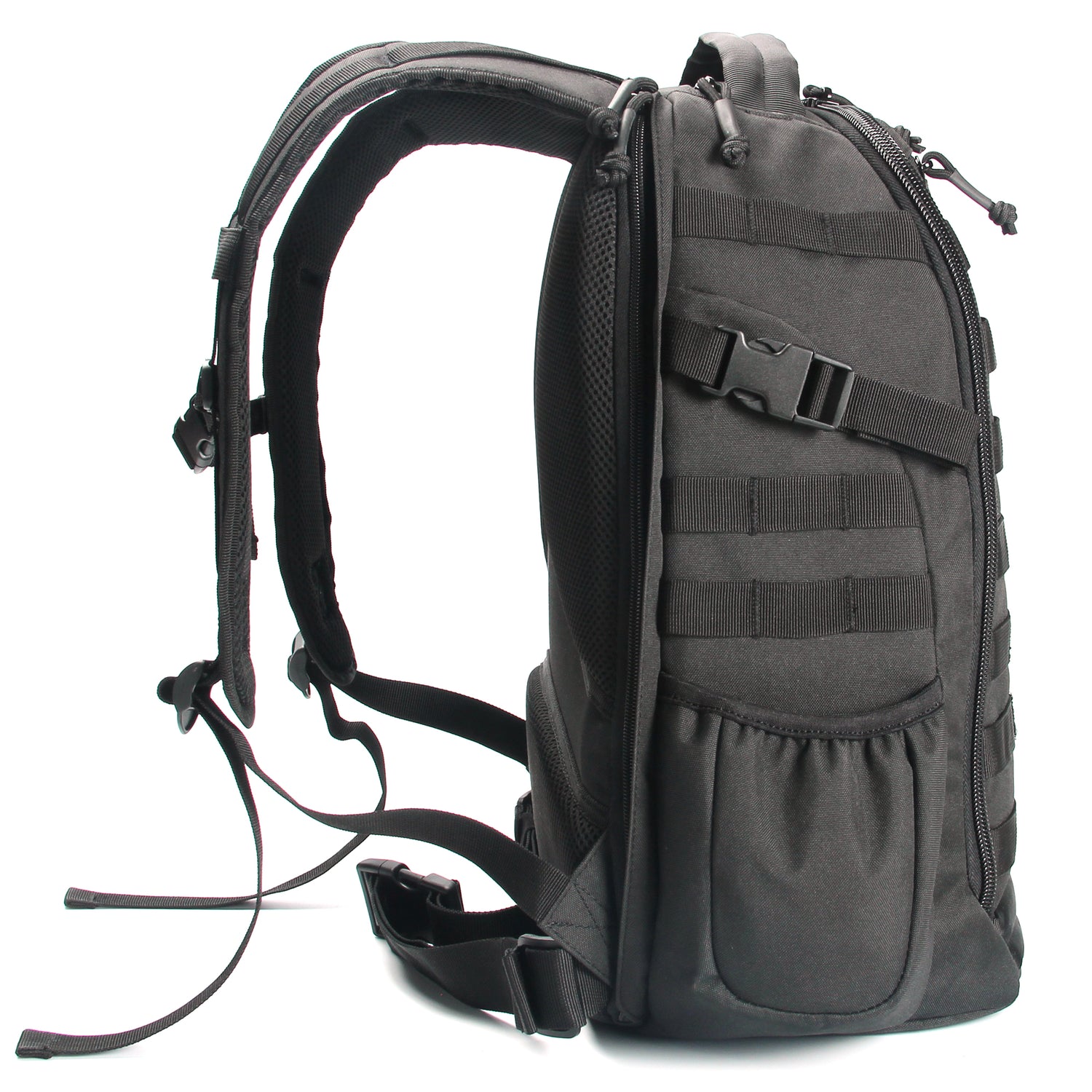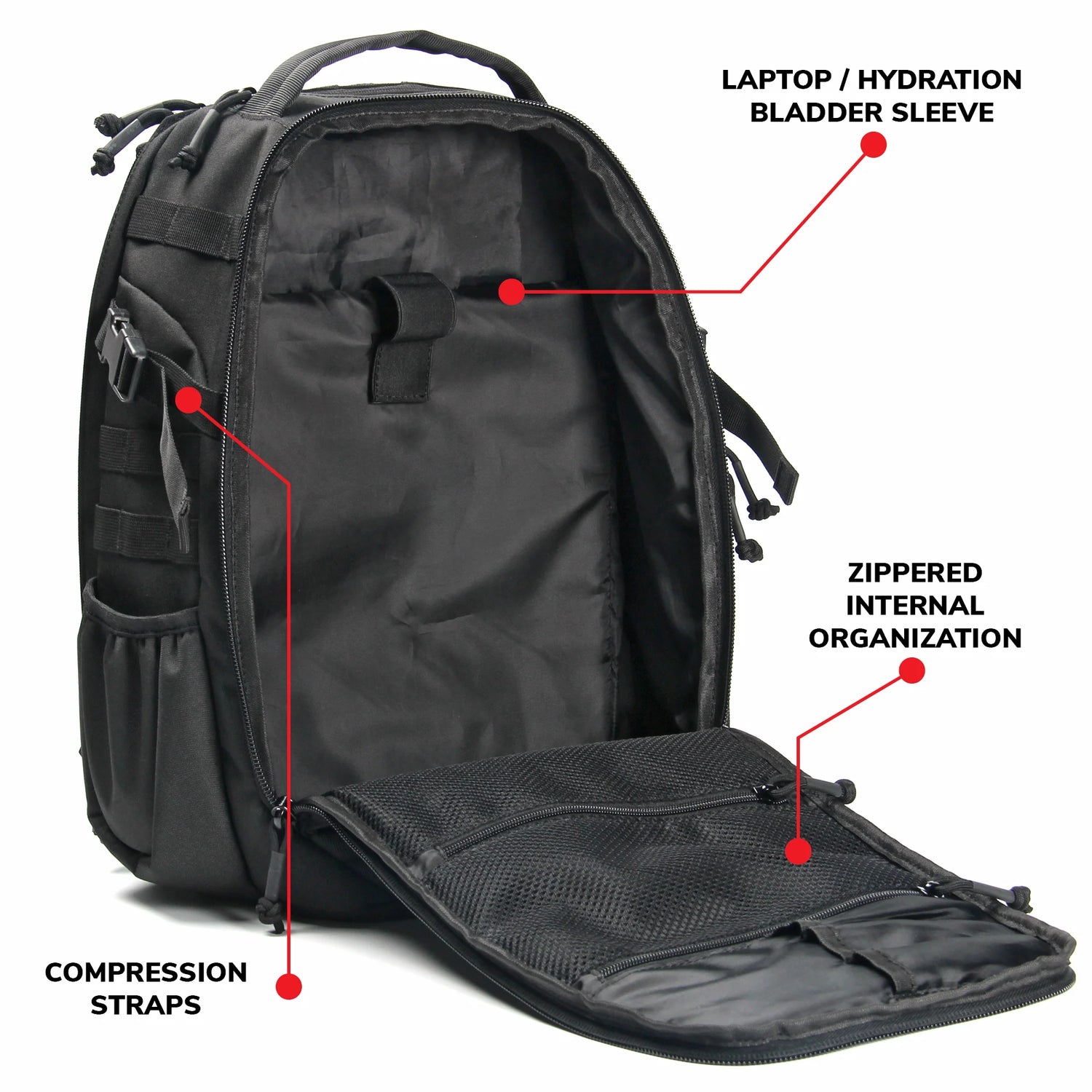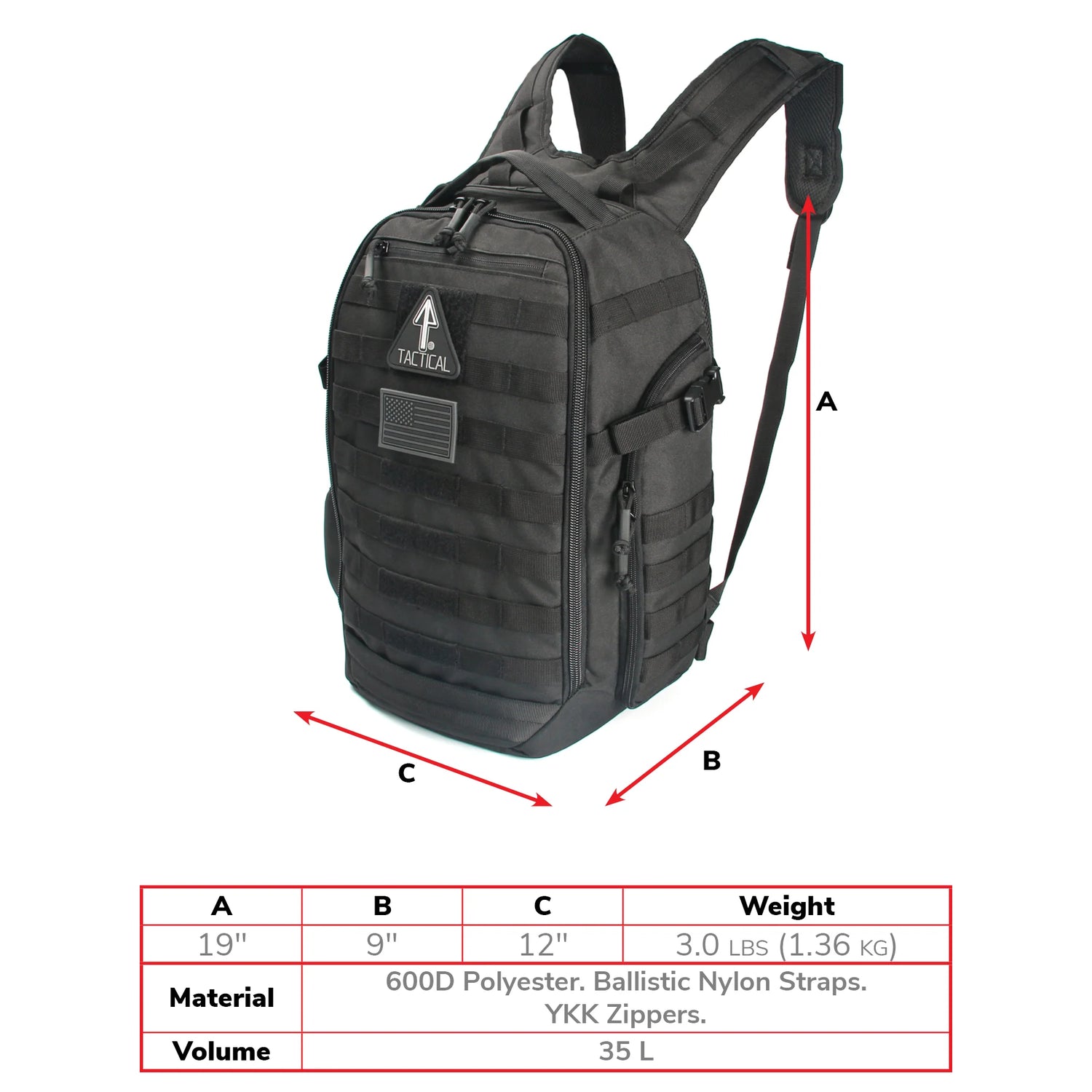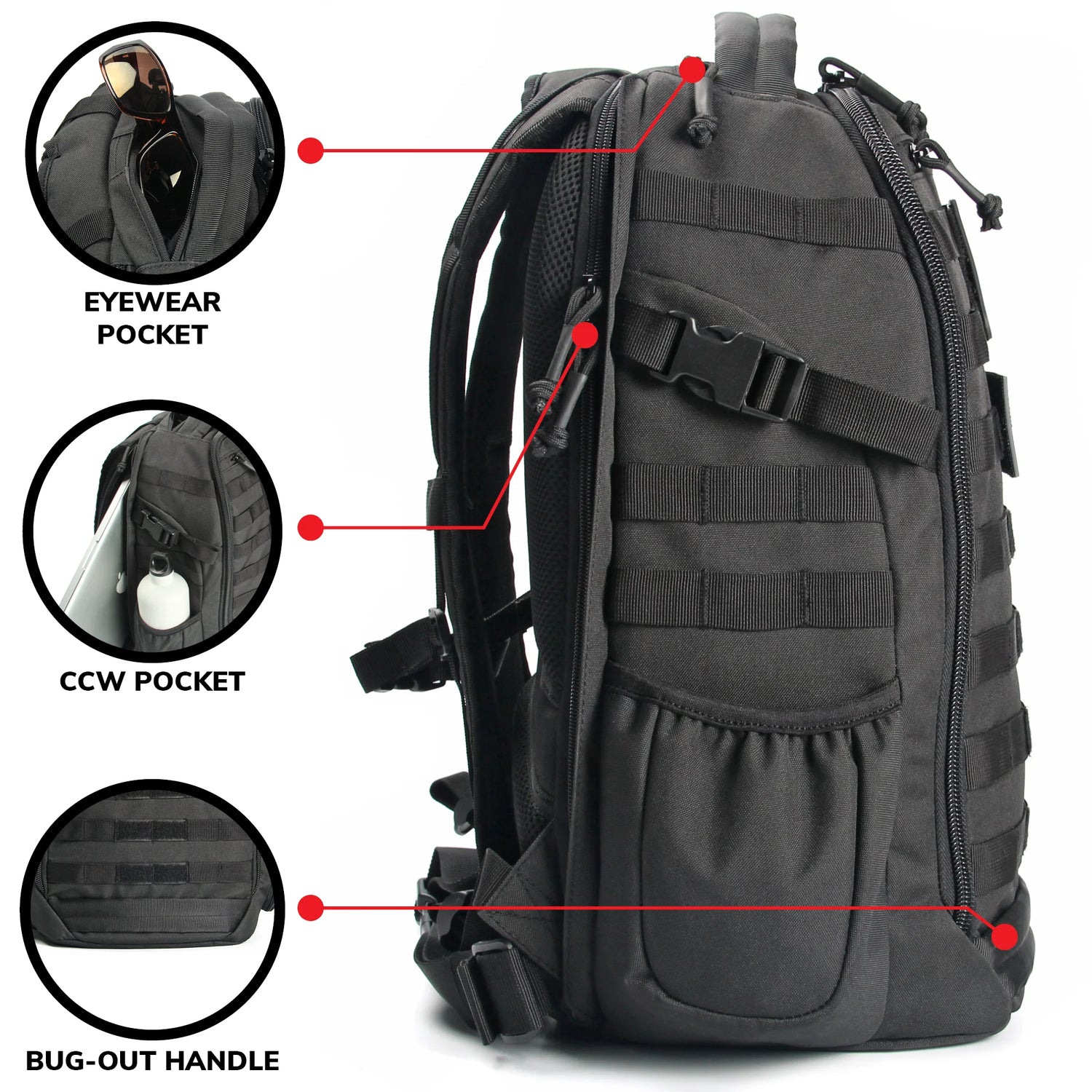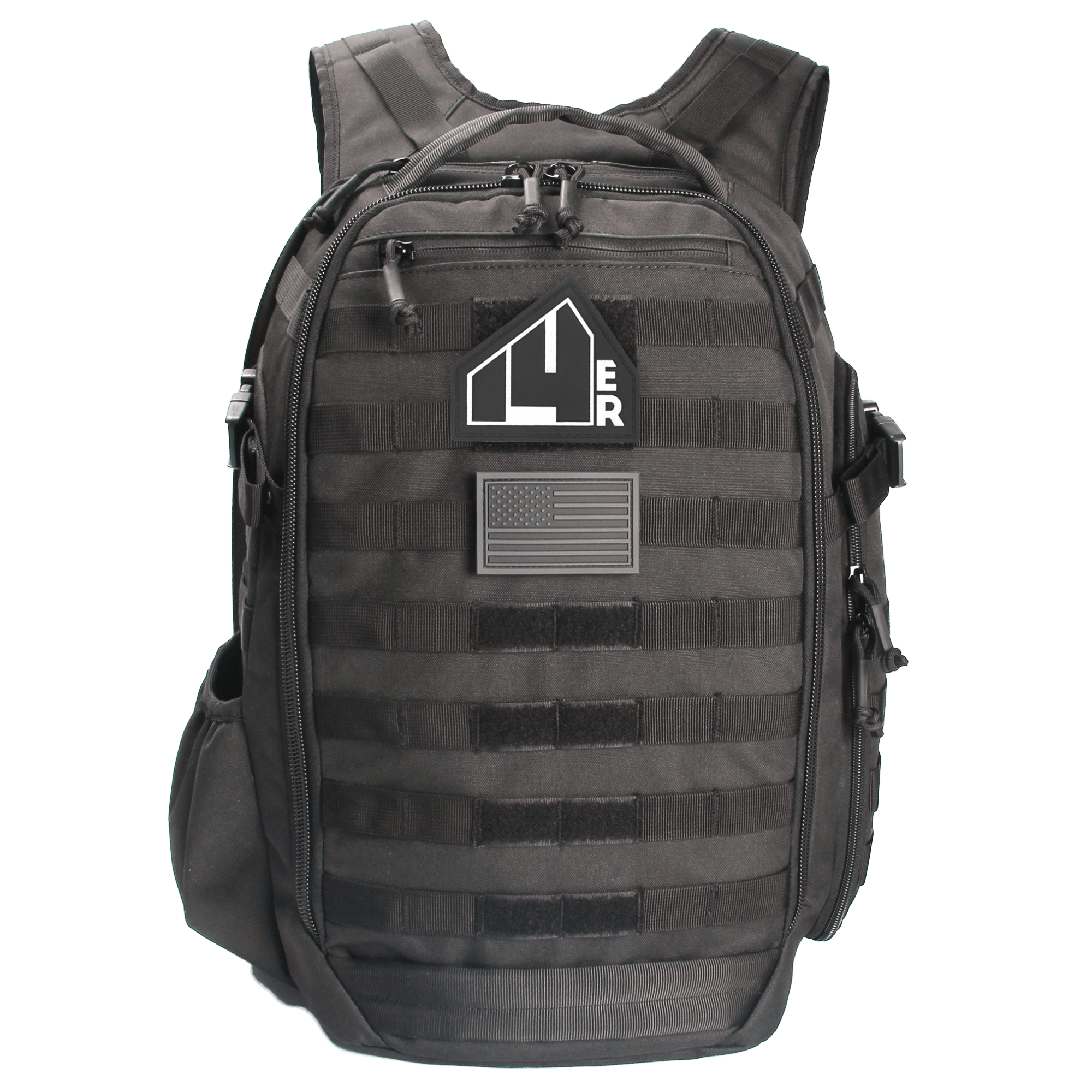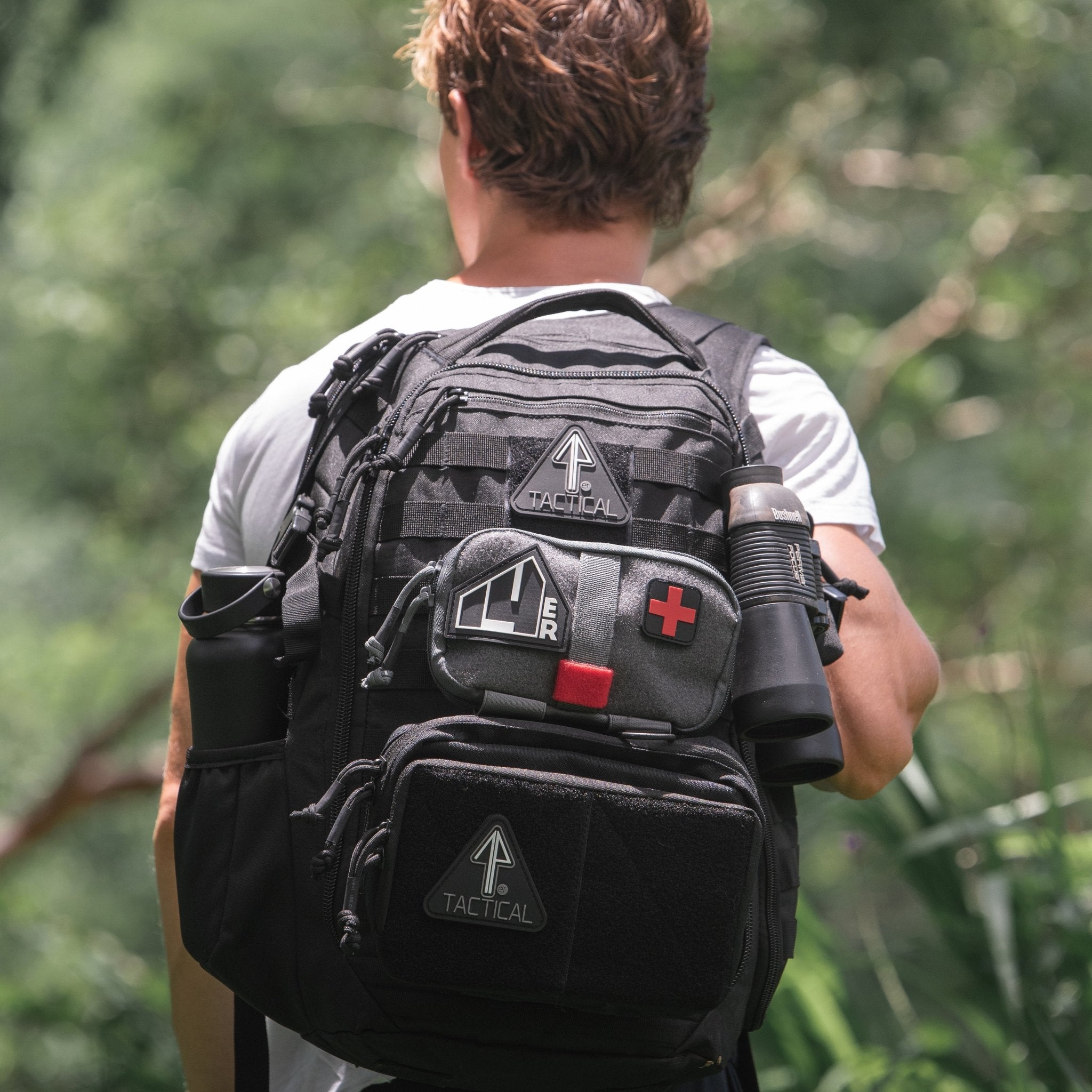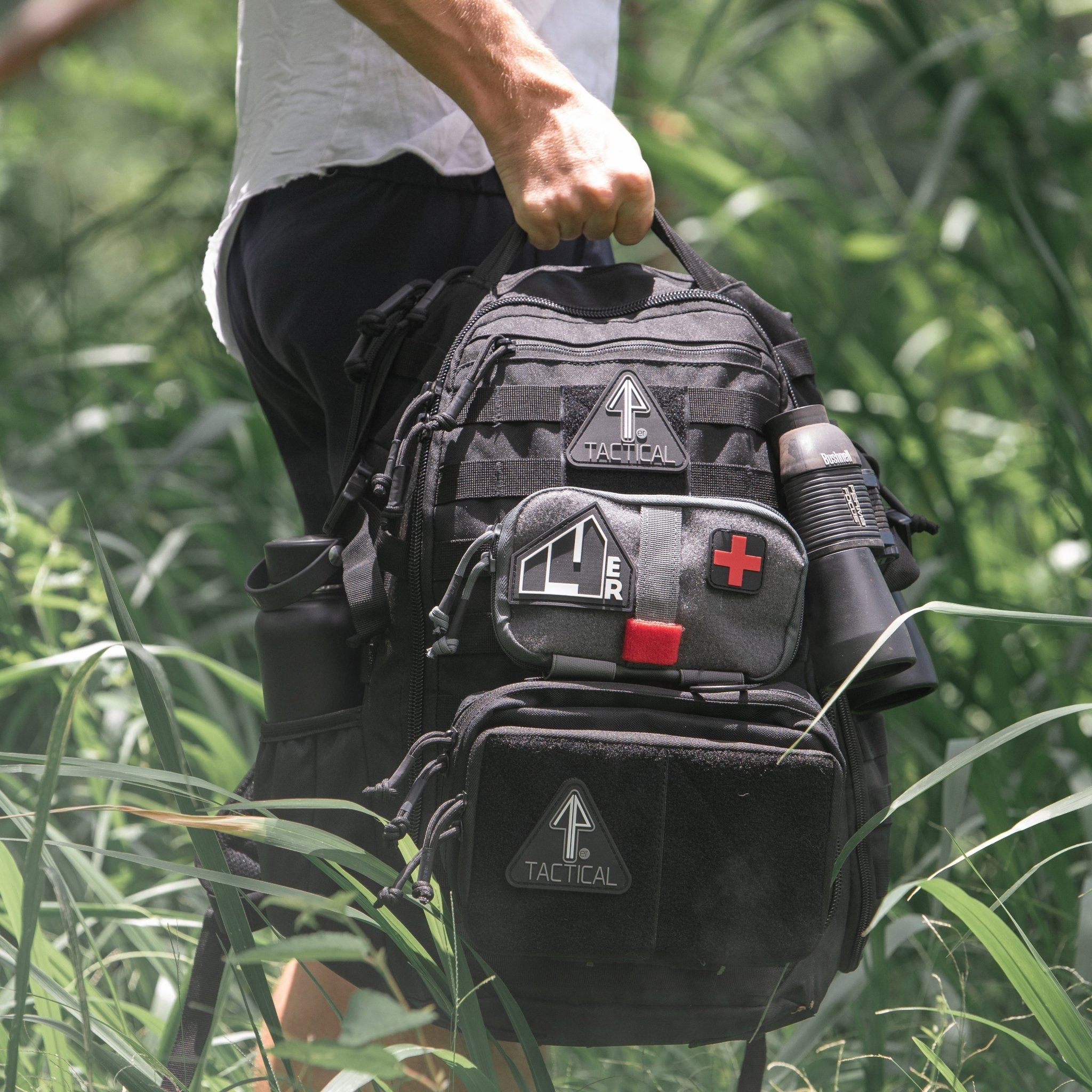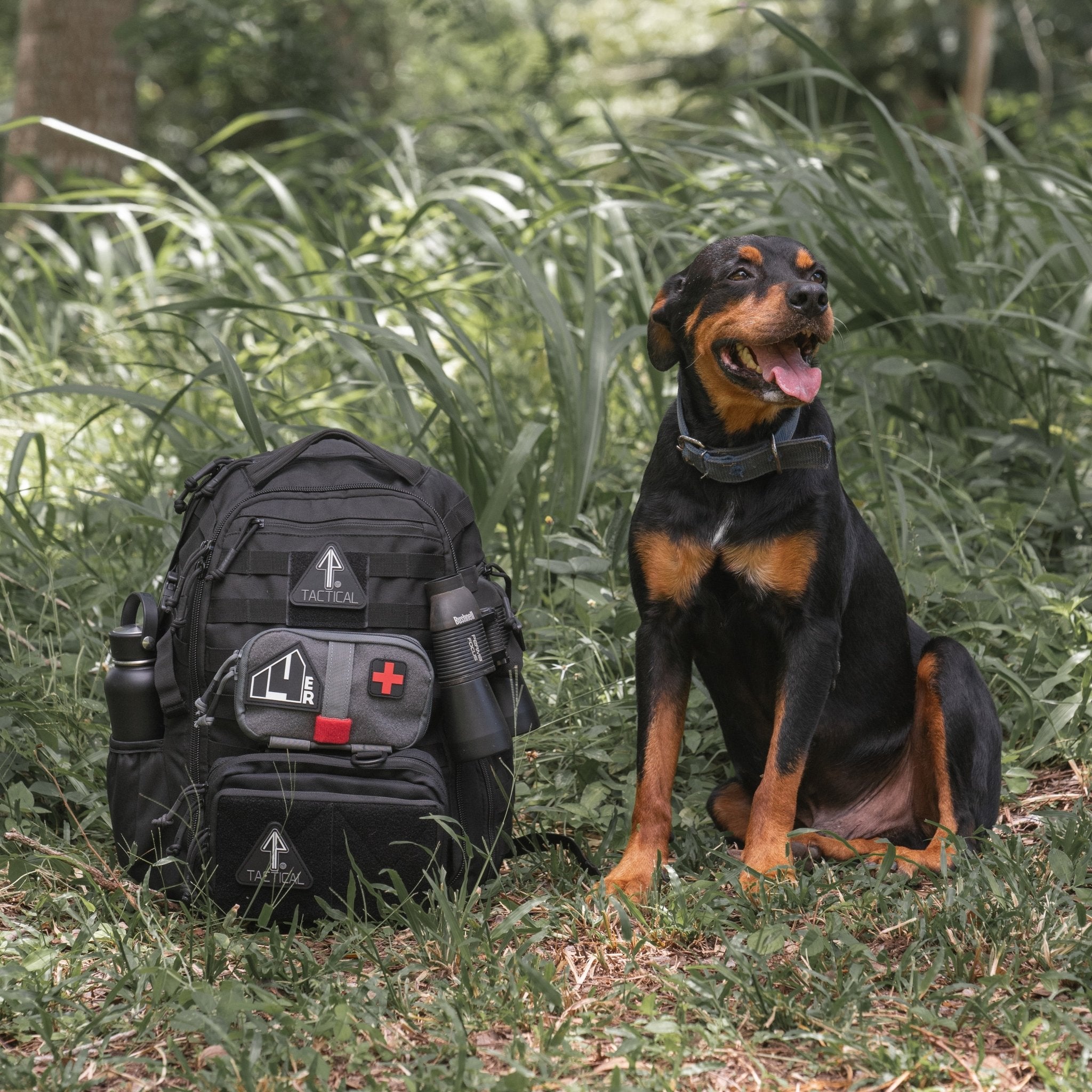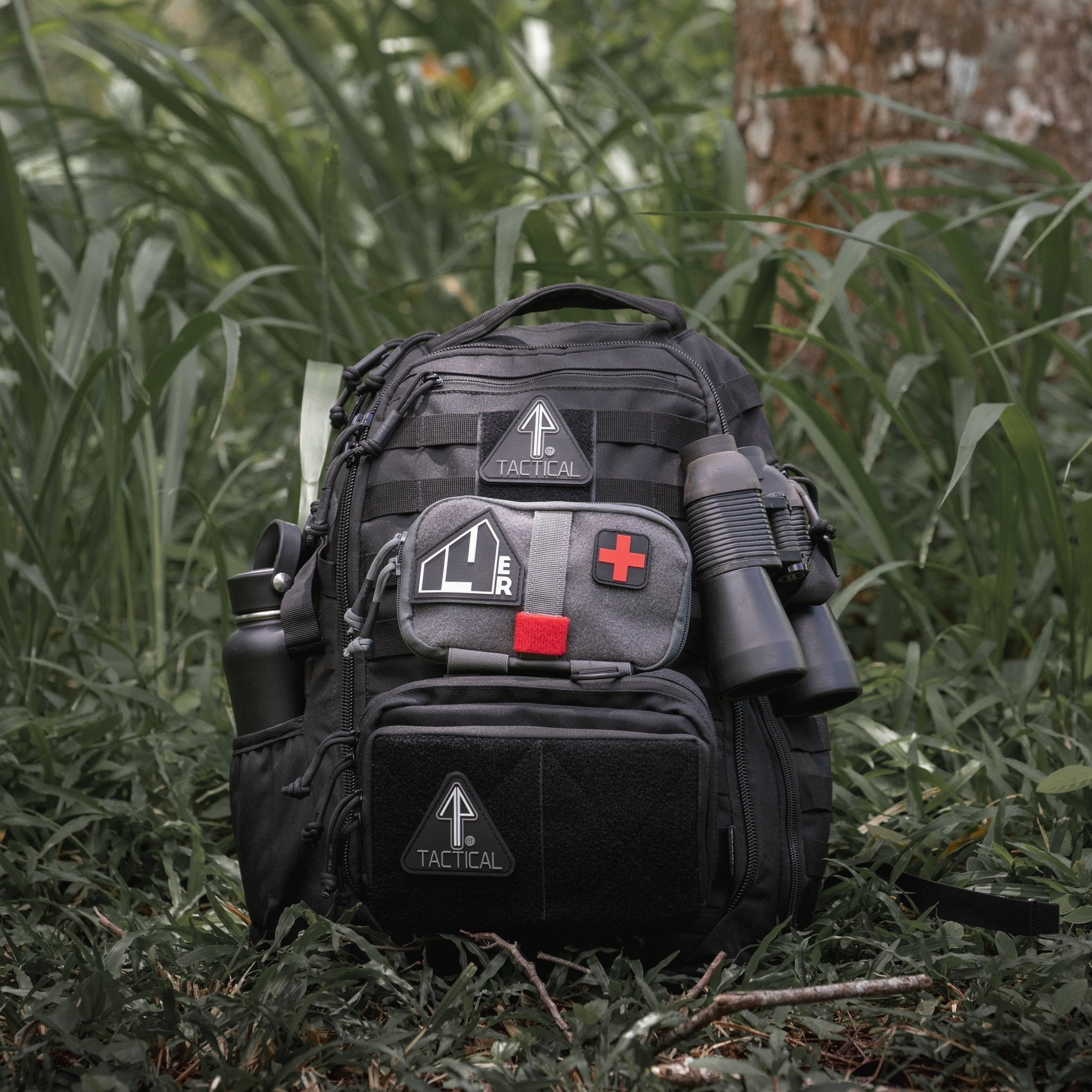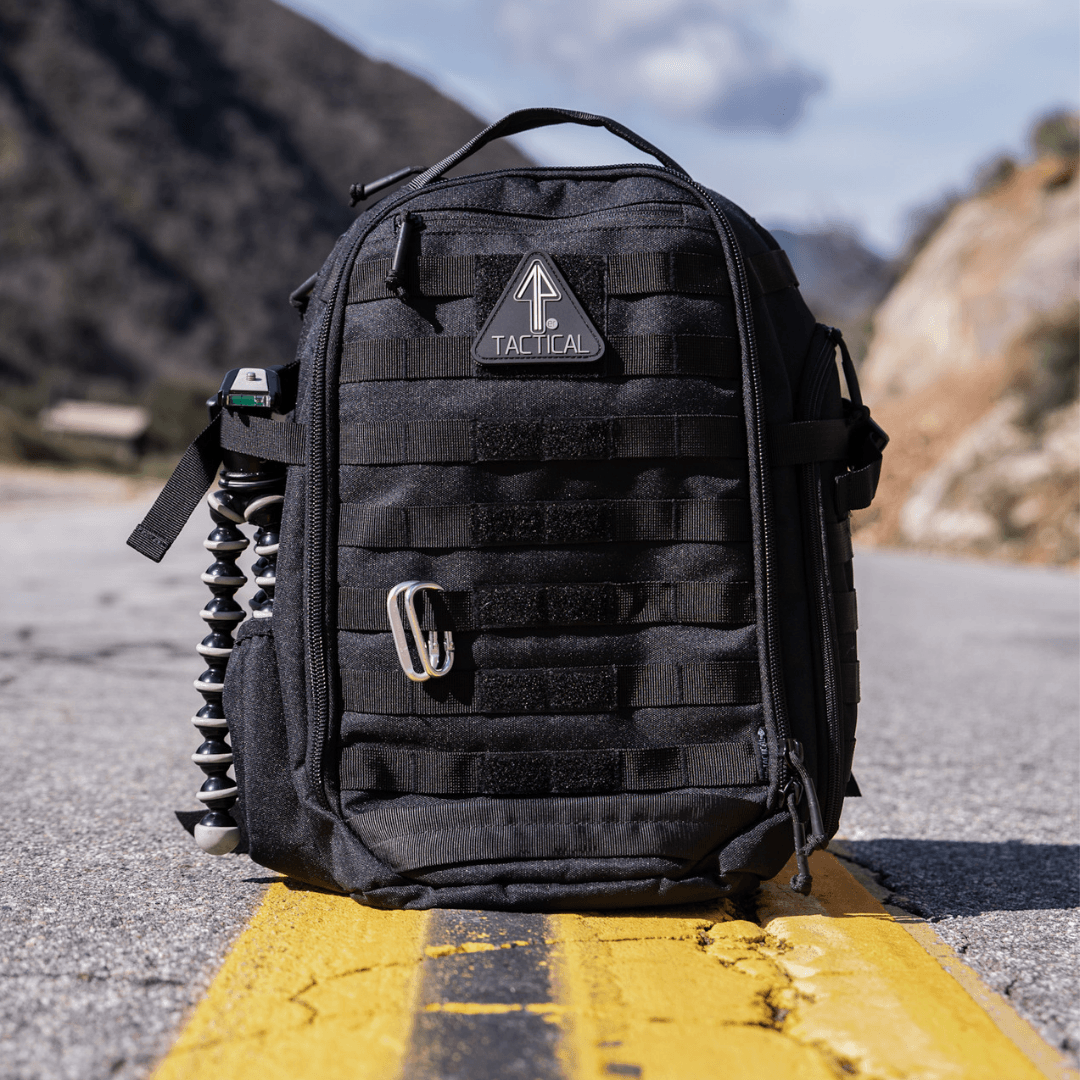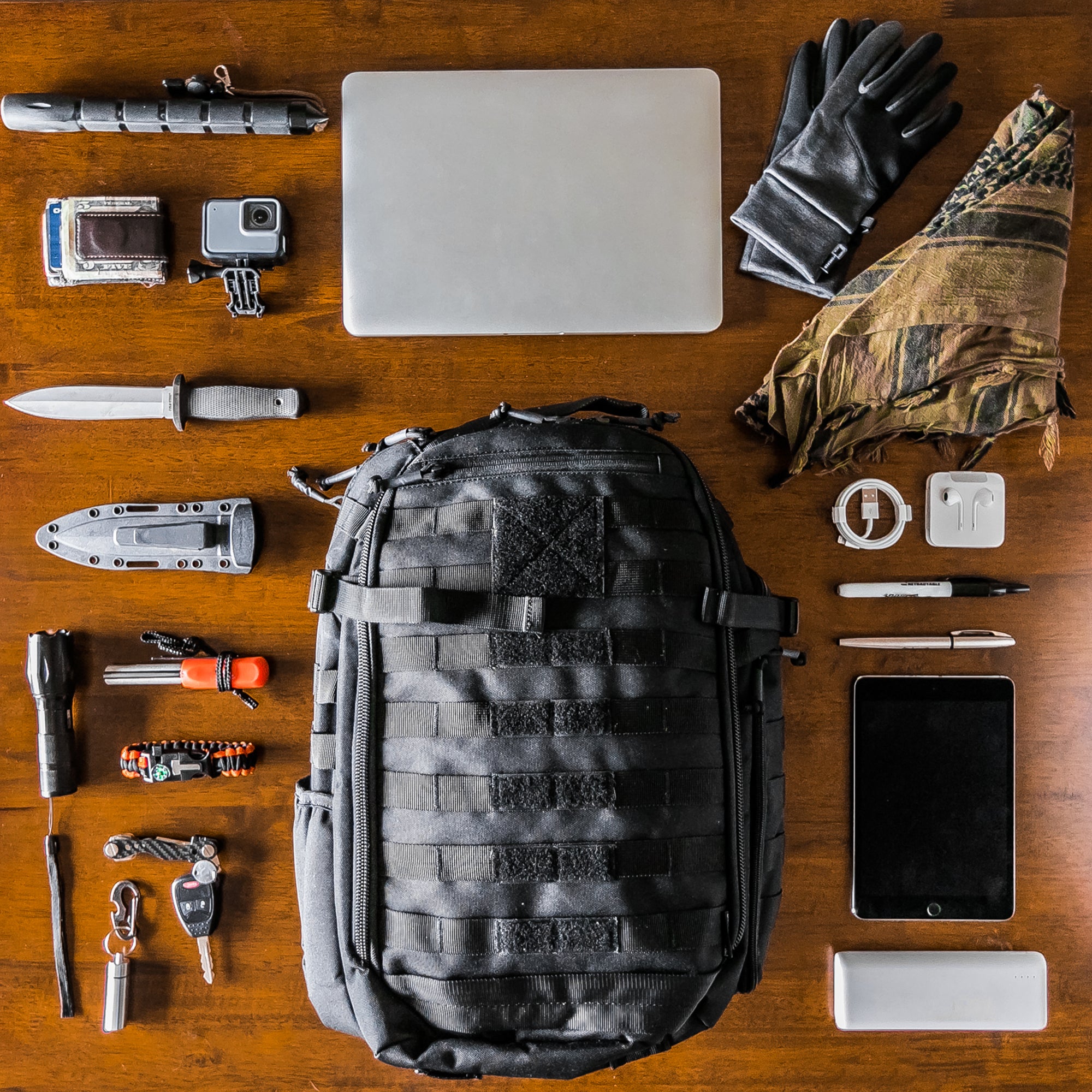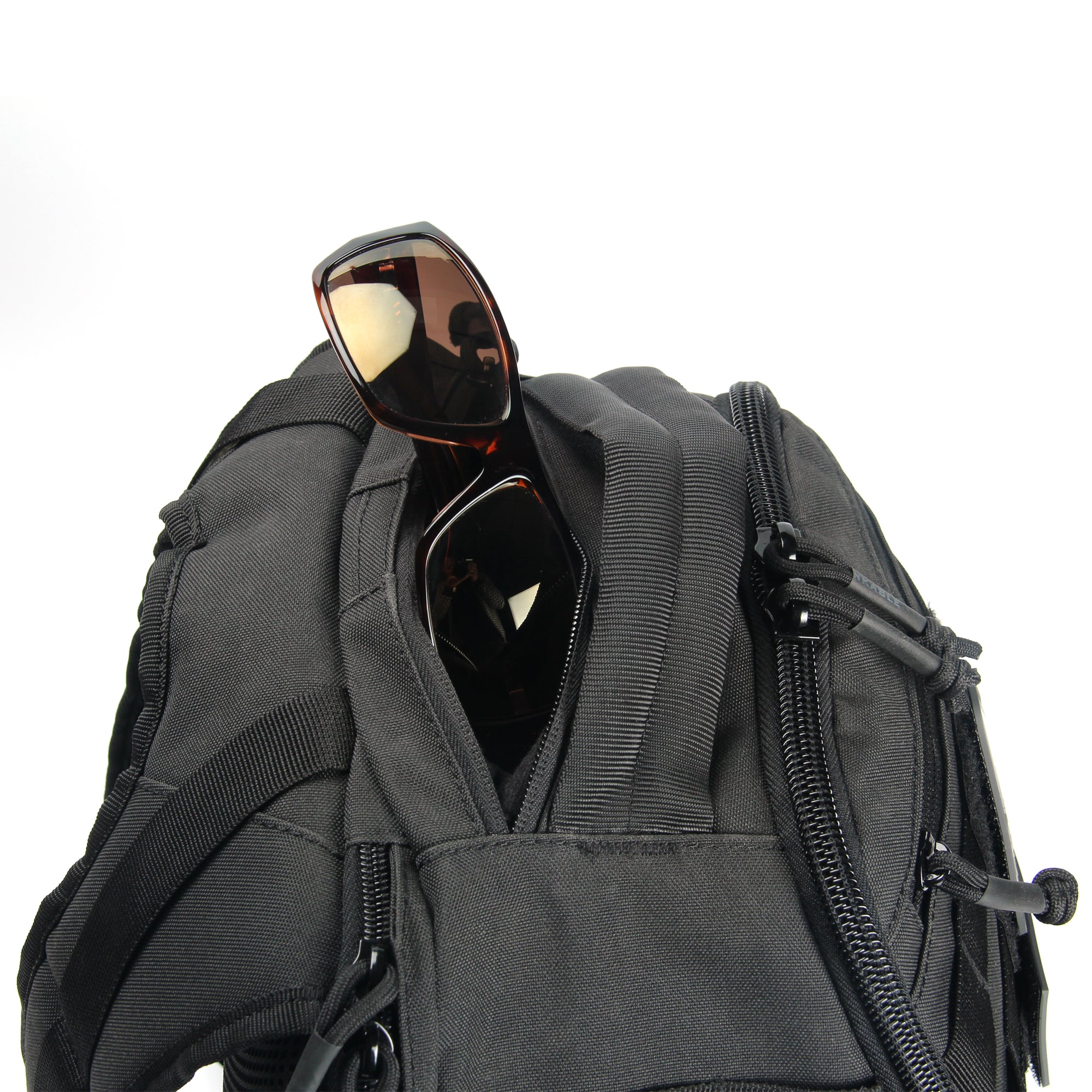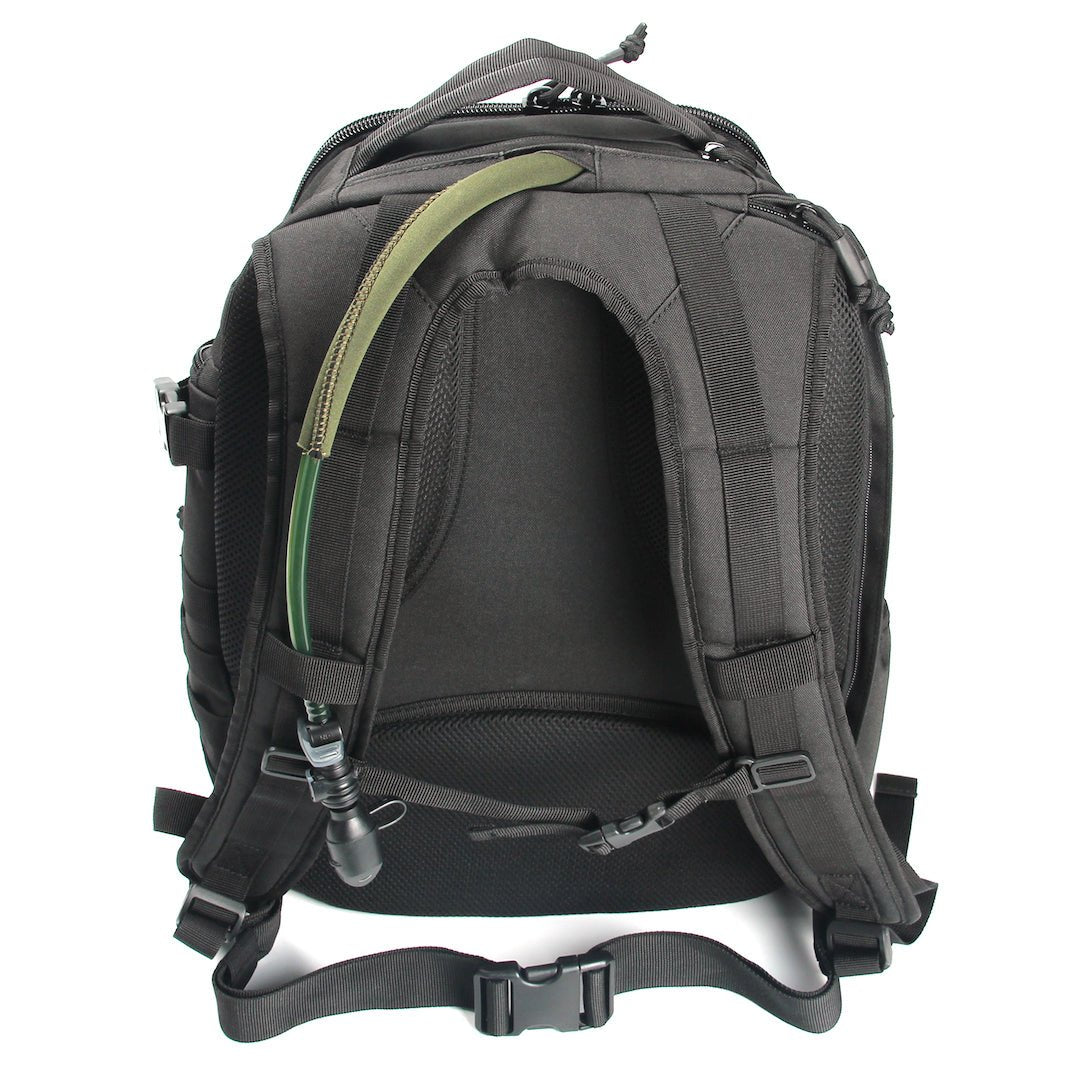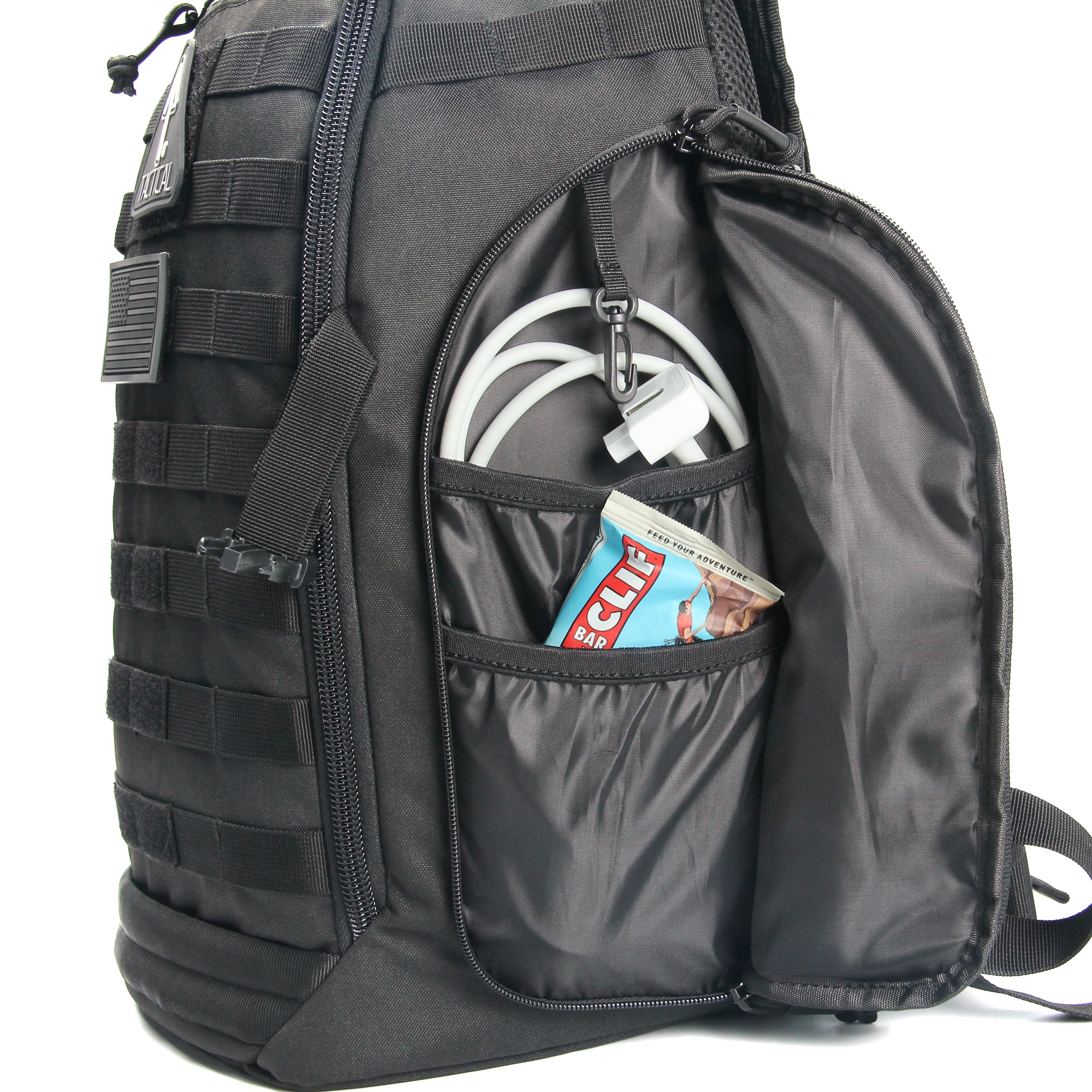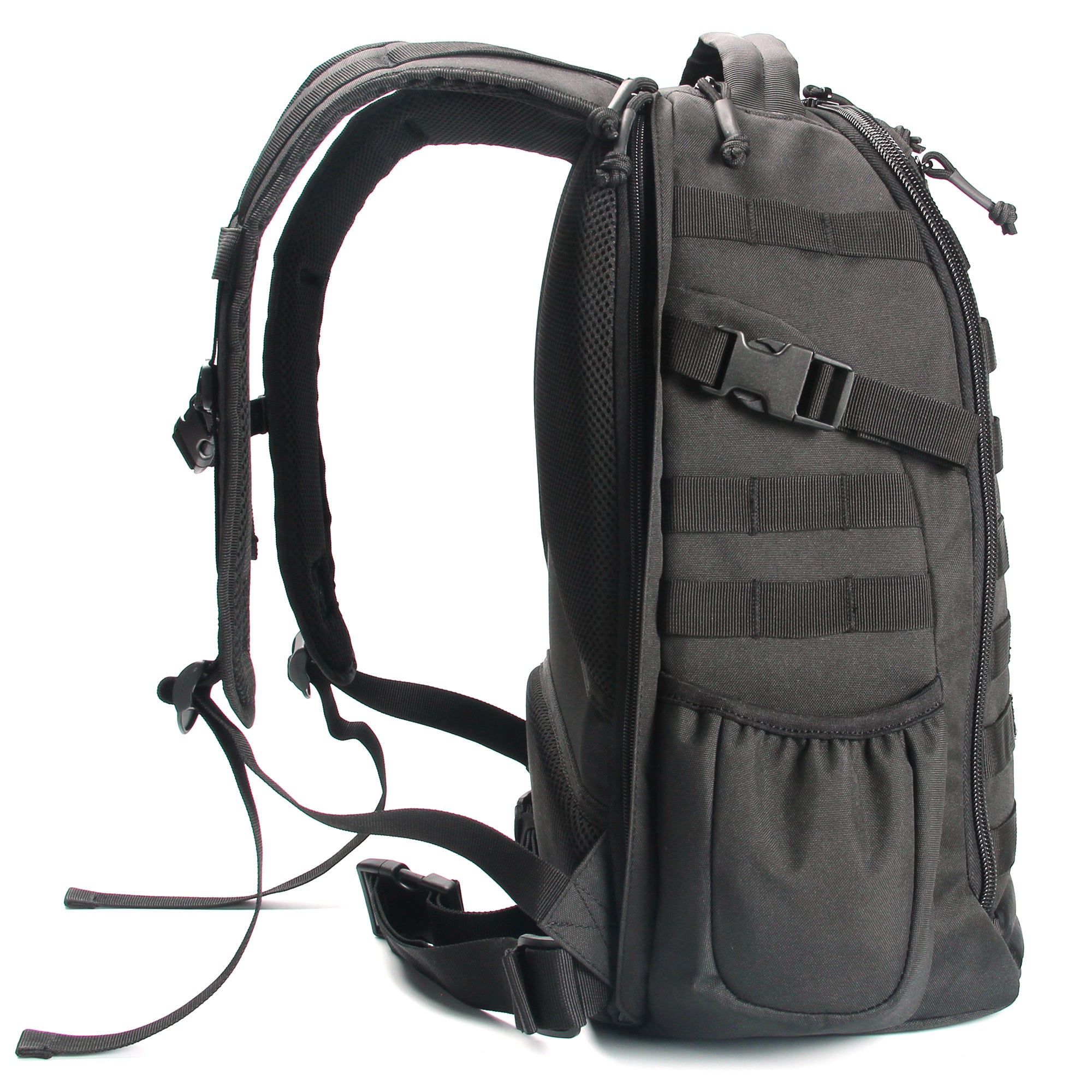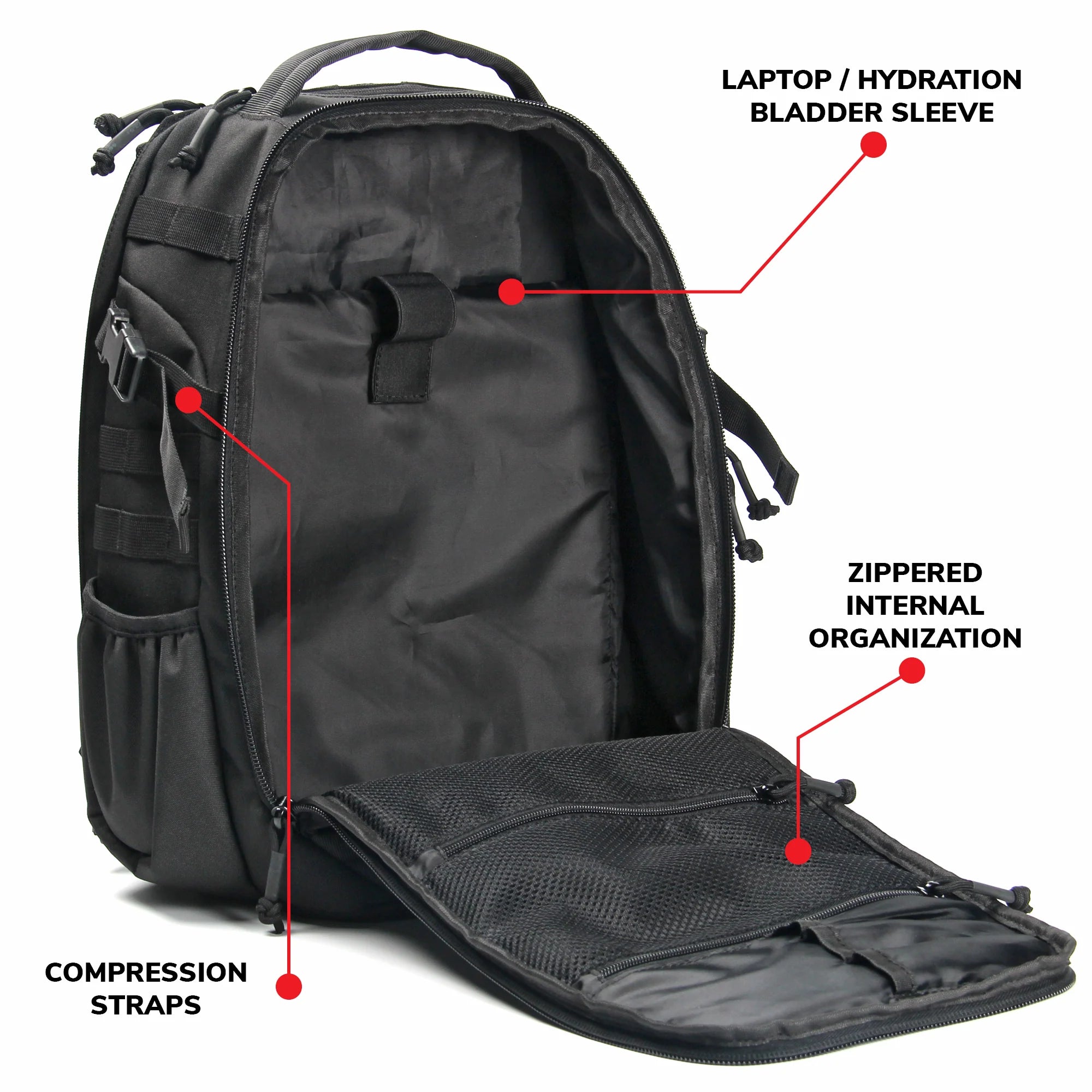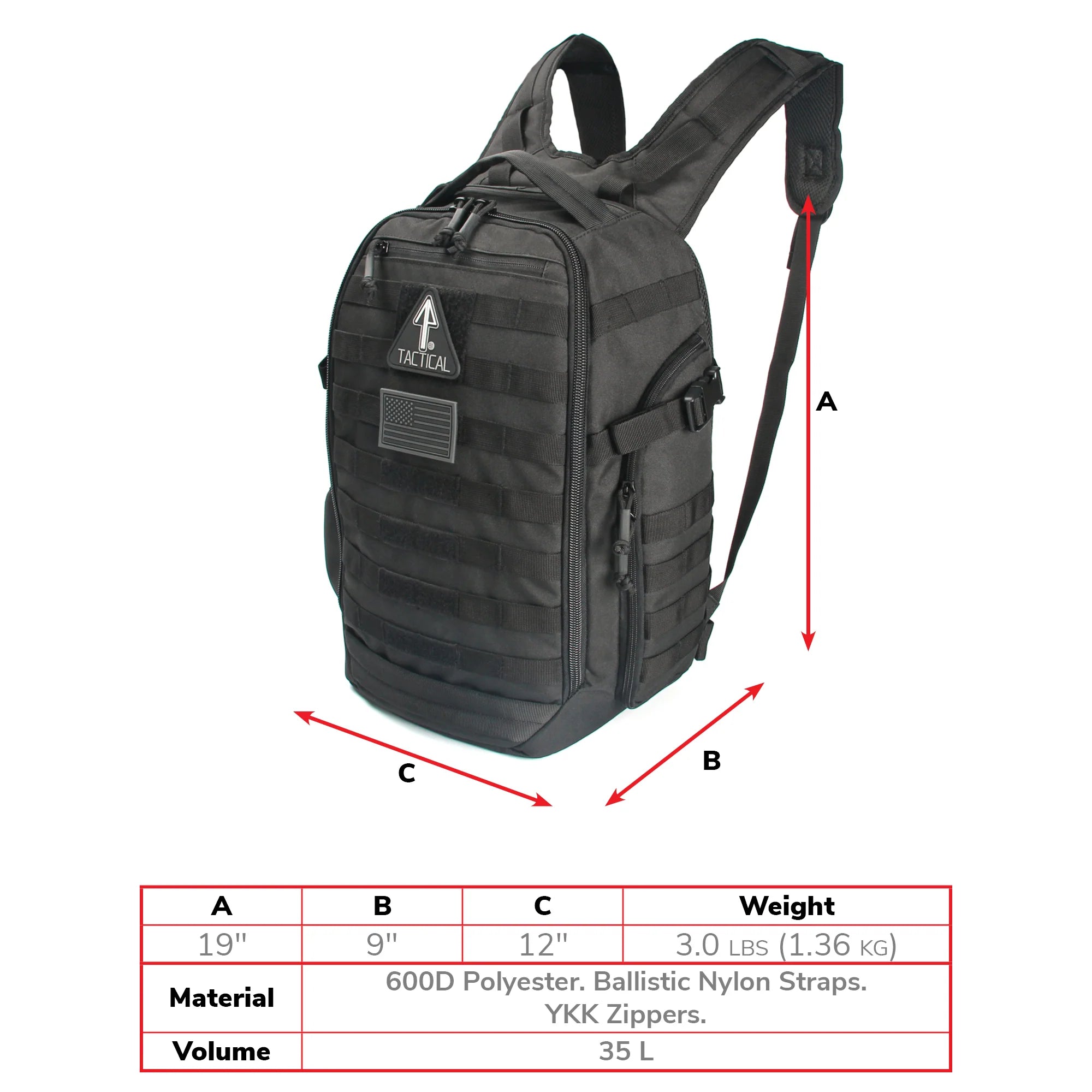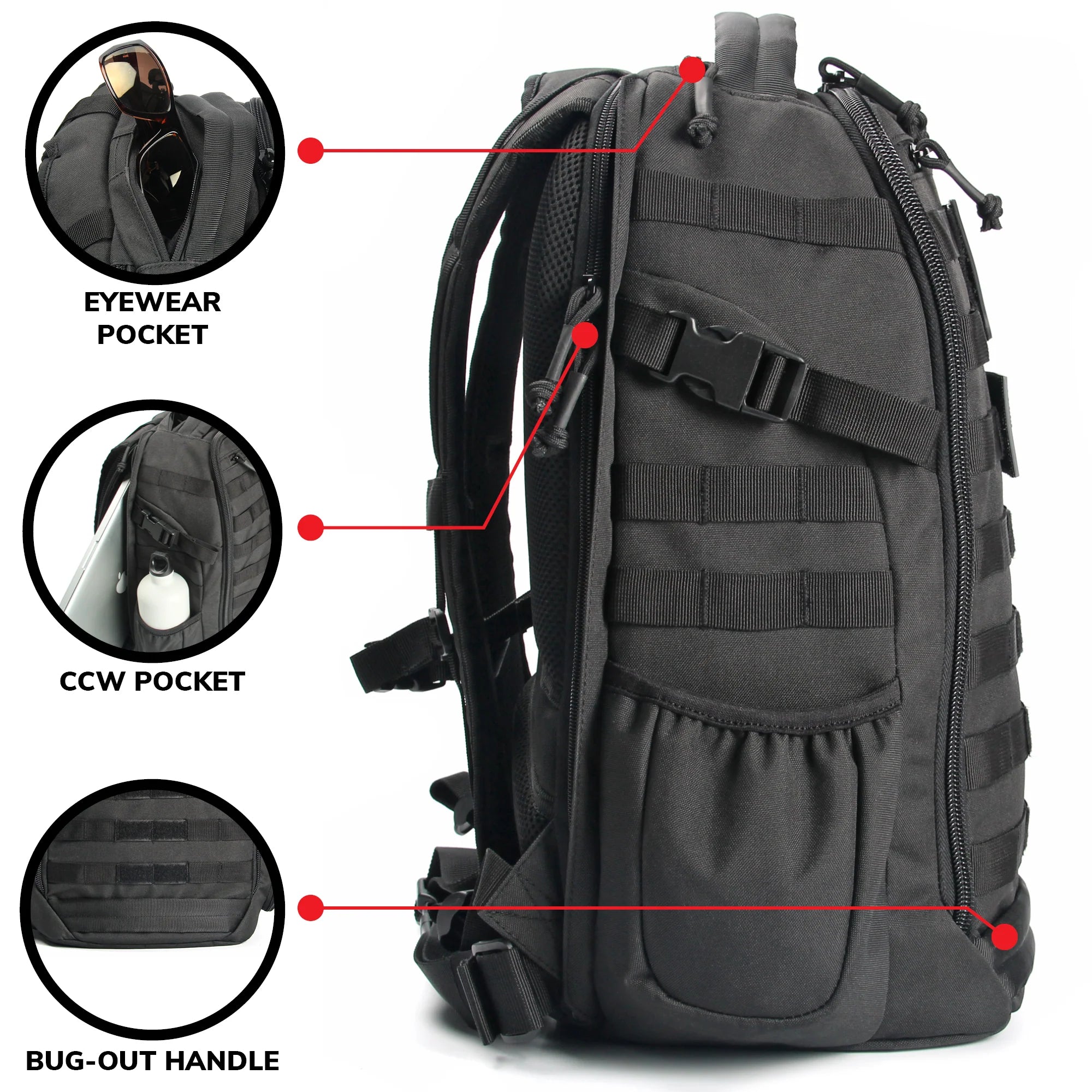
Communication gear mastery is an oft-neglected aspect of tactical training. Yet it is a vital part of any military operation. You can’t storm the beaches without having high-functioning comms on all units! Tactical minded civilians should also be concerned about incorporating communication gear in their preparations.
Even recreational activities like hiking can benefit from communication equipment. Especially if you’re the type who enjoys venturing into more rugged, less accessible territories. Planning a weeklong hike that will take you deep into the great outdoors? You’d better have remote adventure communication gear on you in case you ever need to call for rescue.
Of course, we all hope that our hiking trips will go smoothly. But you’ve gotta be prepared. If some mishap does take place, you’ll be glad to have the ability to send out a GPS emergency communication.
Depending on Two-Way Radios in the Wilderness
One of the most reliable means of communication is the two-way radio. It is still an important communications device employed by the military, law enforcement, rescue services and the logistics teams of many companies. Mobile phones may be more popular, versatile and smarter all-around, but the two-way radio is still the more reliable device when we’re talking communications as the primary use.
When you’re trekking in some remote location, you can’t always count on getting a mobile phone signal. Even if there is a cellular tower in the vicinity, you may find that the signal will be blocked in certain areas. Many natural landscape features, including mountains and ravines, can block signals and render a phone incapable of communication.
Present-day two-way radios often have a variety of built-in functions that make them handy to bring on an outdoor trek. Many devices include an LED torch to help you navigate in darkness and dimly-lit areas.
Another handy use for two-way radios in the wilderness is activating the device’s panic button. Pressing this will cause a loud alarm to go off. That can make it easier for rescue services to find you, especially in poor-visibility locations like the deep woods.
Some two-way radios even have a “man down” detector. This can sense motions which indicate that a hiker has fallen on the trail, and automatically send out a distress signal.
But the main reason you’ll want to bring two-way radios in the wilderness is for the reliability of these devices compared to mobile phones. They are not going to let you down as outdoor communication tools, provided that you’re taking good care of your radios.
Are there other good options for remote adventure communication gear? Certainly! And some of them offer more extensive functionality compared to a two-way radio.

Can You Use Satellite Phones for Hiking?
Many trekkers recommend getting satellite phones for hiking. These devices provide a lot of useful tools for anyone going on an extended trek. We do need to look at the pros and cons of such devices. That will help you decide whether or not to employ one instead of a radio or something else.
Satellite phones—also called satellite messengers—can prove fairly expensive compared to other outdoor communication tools. You will need to pay for a subscription service to use the device at all. Garmin and SPOT are two of the top device manufacturers that offer subscription services for these types of devices.
Satellite messengers do pack in several handy features. Many of them double as GPS navigation tools, which lets you get some use out of them outside of emergency situations. These devices can work pretty much anywhere in the world, depending on the satellite network that the subscription service uses. That said, the service can be unreliable in certain remote areas outside of the USA. If you are depending on the device for GPS emergency communication, find out whether the subscription service is supported in the area where you’ll be hiking.
Some satellite messengers include Bluetooth functionality. They can be paired with or sync with a mobile phone or a fitness watch.
Many satellite messengers provide waypoint tracking, and you can also send that information out, allowing people to keep track of your progress on the trail.
The devices often come packed with a variety of functions, including an altimeter, barometer, and weather updates. That makes them ideal outdoor communication tools to bring on a high-altitude hiking excursion.

Sending Messages Via Remote Adventure Communication Gear
You might want to opt for a satellite messenger if you wish to send and receive messages while hiking. That’s like being able to send text messages from a mobile phone, only you’re using a satellite communications device. It can perform such a task even if you are someplace where you can’t get a mobile phone signal.
That doesn’t mean you can simply send messages anytime. Satellite messengers are not always able to get a proper signal. Ideally, you should be someplace with an unobstructed view of the sky to ensure that the device has a strong signal. If you happen to be hiking in a location where that is a problem, such as a cavern or canyon, then you might have trouble using the messaging feature. In such a case, you have to go to a location where you can get a better signal before sending your message through the device.
Also keep in mind that satellite messengers are available as one-way or two-way messaging devices. A one-way satellite messenger can send out messages, but lacks the capacity to receive them. Two-way devices will let you send and receive messages.
Some hikers are only concerned about giving their friends and family updates on their trail progress. They don’t feel the need to receive messages—one reason to be out on a trek is to cut oneself off from the regular world, after all. If you have that kind of mindset, you’ll get the appeal of having a one-way satellite messenger. Your friends can’t criticize you for not participating in a back-and-forth as your device is incapable of receiving their messages in the first place.
Of course, the primary reason to employ satellite phones for hiking is to call for rescue in the event of an emergency. Many of these devices have an SOS button that you can press to broadcast a distress signal. This function should still be able to work even if you are not in an ideal location—that said, results may vary.

What Are Personal Locator Beacons?
Personal locator beacons (PLBs) are devices that can emit an emergency distress signal. These signals are sent on the 406 MHz spectrum range. They do not require a cellular tower to send signals, unlike a mobile phone.
One caveat to keep in mind is that PLB distress signals are monitored by a US agency, the National Oceanic and Atmospheric Administration (NOAA). They are land-based versions of the Emergency Position Indicating Radio Beacons used by boats at sea.
If you plan on going on a hike outside of the United States, you might have to opt for an alternative to the PLB. That’s a scenario when it would make more sense to use a satellite phone or a two-way radio.
But in some ways, the PLB is a more effective communications tool compared to a satellite phone. It generates a more reliable signal. You still want to have an unobstructed view of the sky to get the best results. But the PLB can work even in less ideal circumstances.
Anyone can use a personal locator beacon. You don’t need a subscription service to use these . You don’t need an operating license, although you are required to register your device with the Search and Rescue Satellite Aided Tracking (SARSAT) database maintained by NOAA. This registration is free of charge. Once registered, you can expect a speedy response time from rescue services if you do activate the device’s distress signal.


